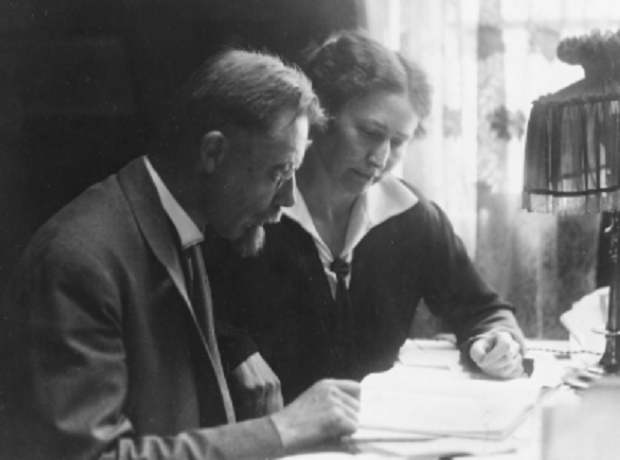In the beginning, there was type-1 diabetes — a disease with an unknown cure and has been considered as a death sentence.
In the 1700s to 1800s, people with diabetes would be treated with opium or dietary interventions. Other treatments prescribed also included sugar-free diets, carbohydrate-restricted low-calorie diets, or even severe prolonged fasting.1 It wasn’t until 1921 when a team of researchers in Toronto, Canada, successfully discovered the molecule insulin, marking the start of a century of ground-breaking discoveries in diabetes care that have saved so many lives since.
In 1922, a 14-year old boy became the first-ever individual to be successfully treated with insulin, …
Keep on reading: 100 years of insulin: How it started and what’s next

